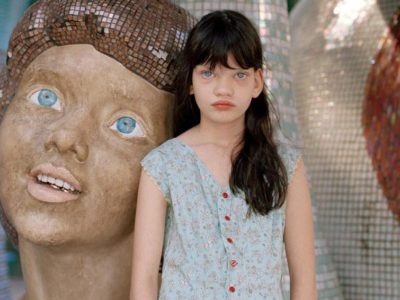The Outsider — John Feely’s Photographs Chronicle His Exploration of Mongolia
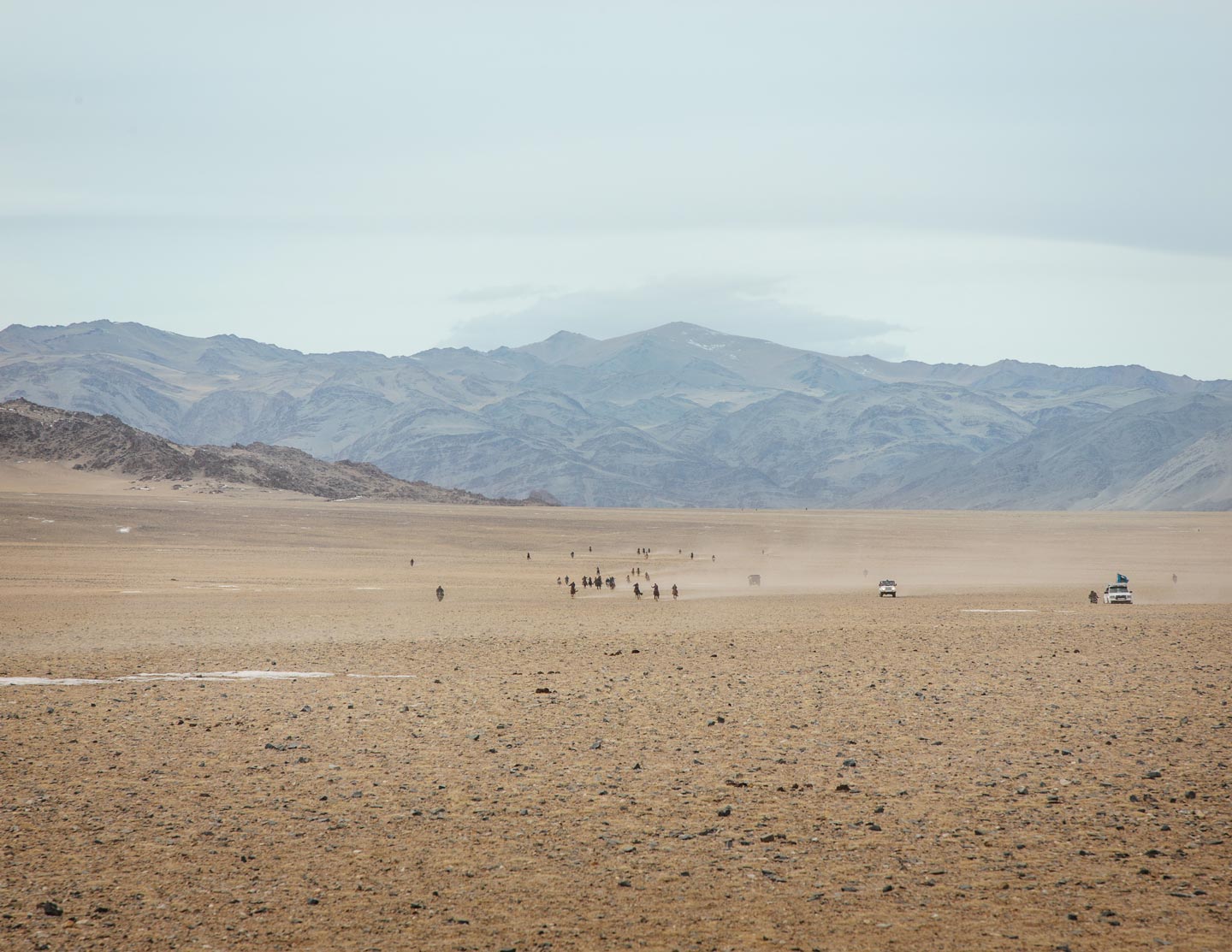




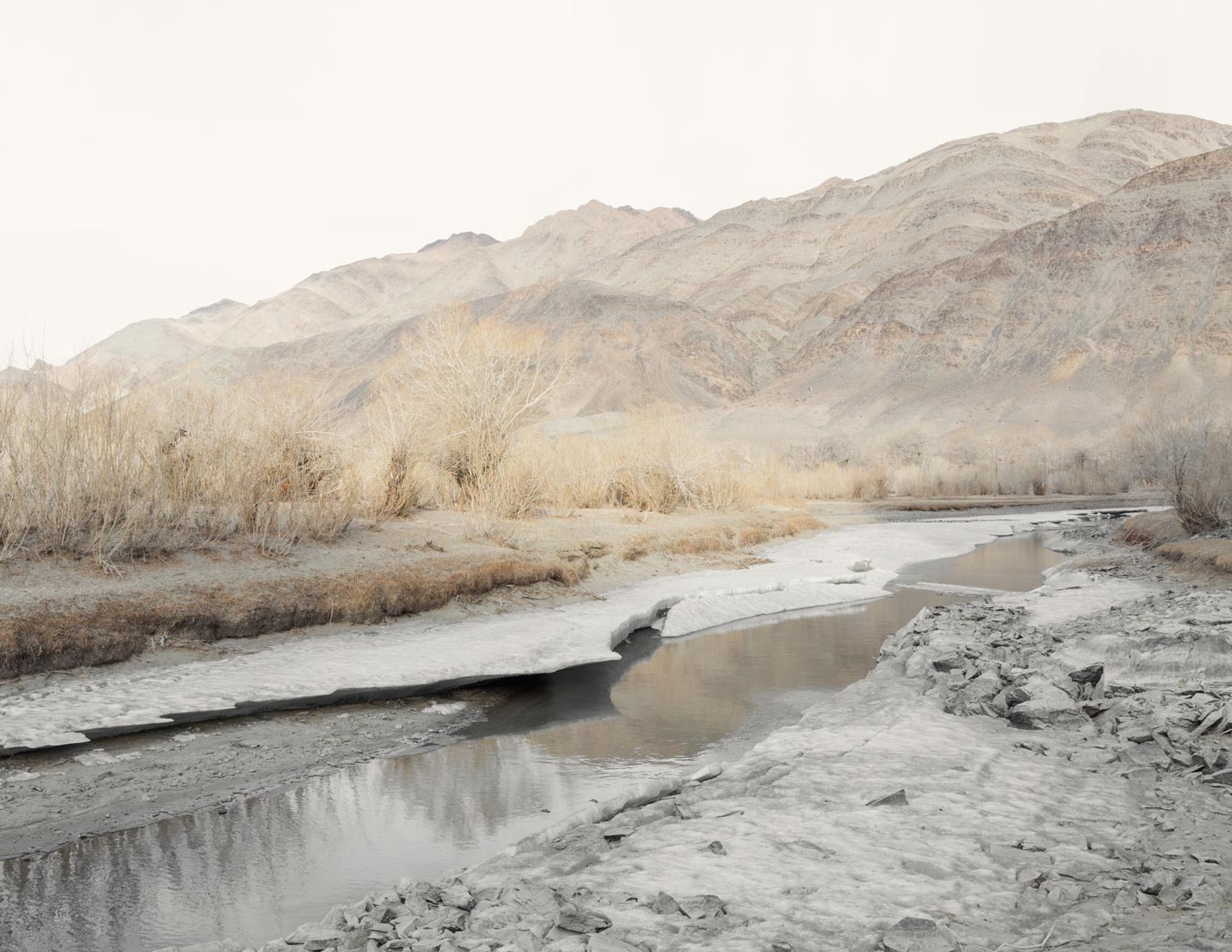
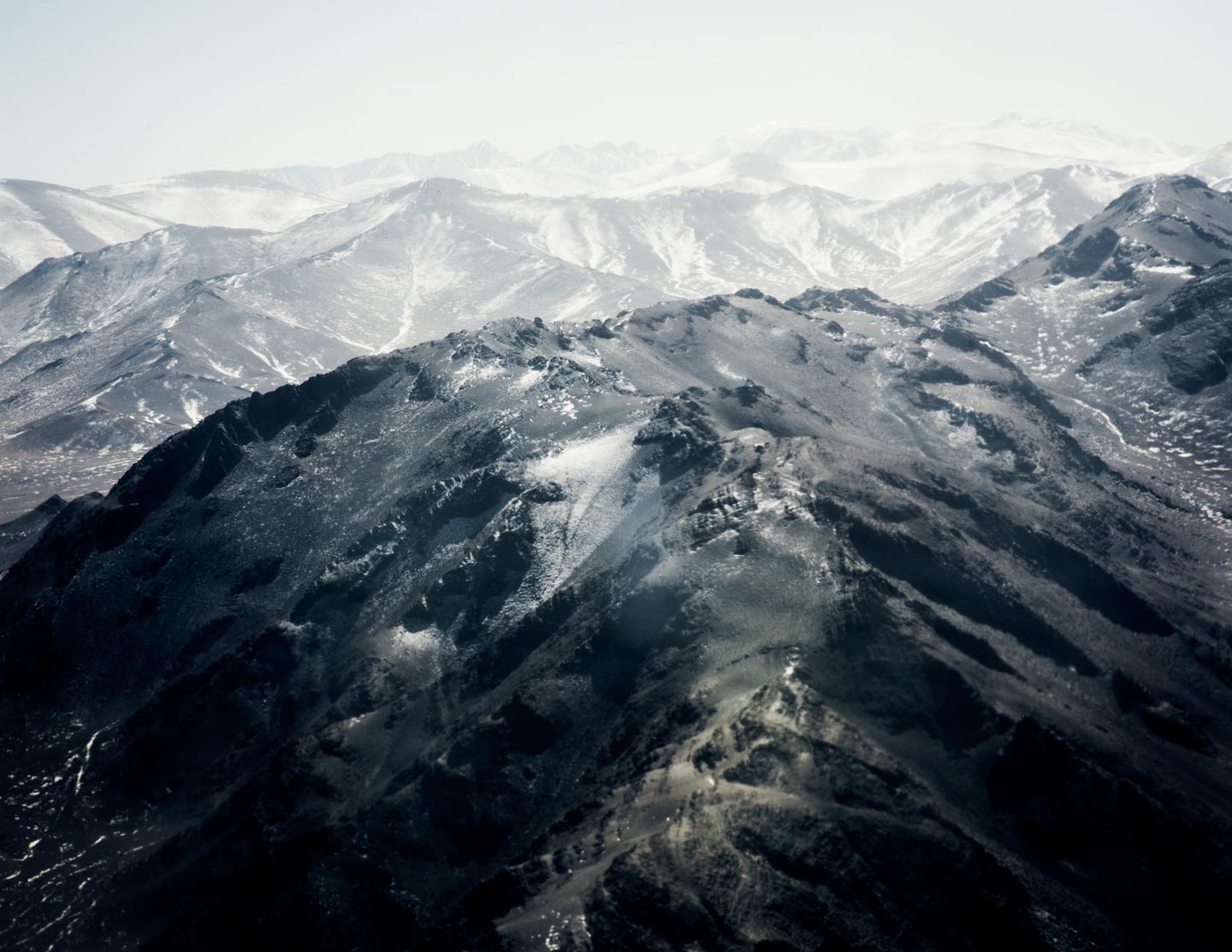
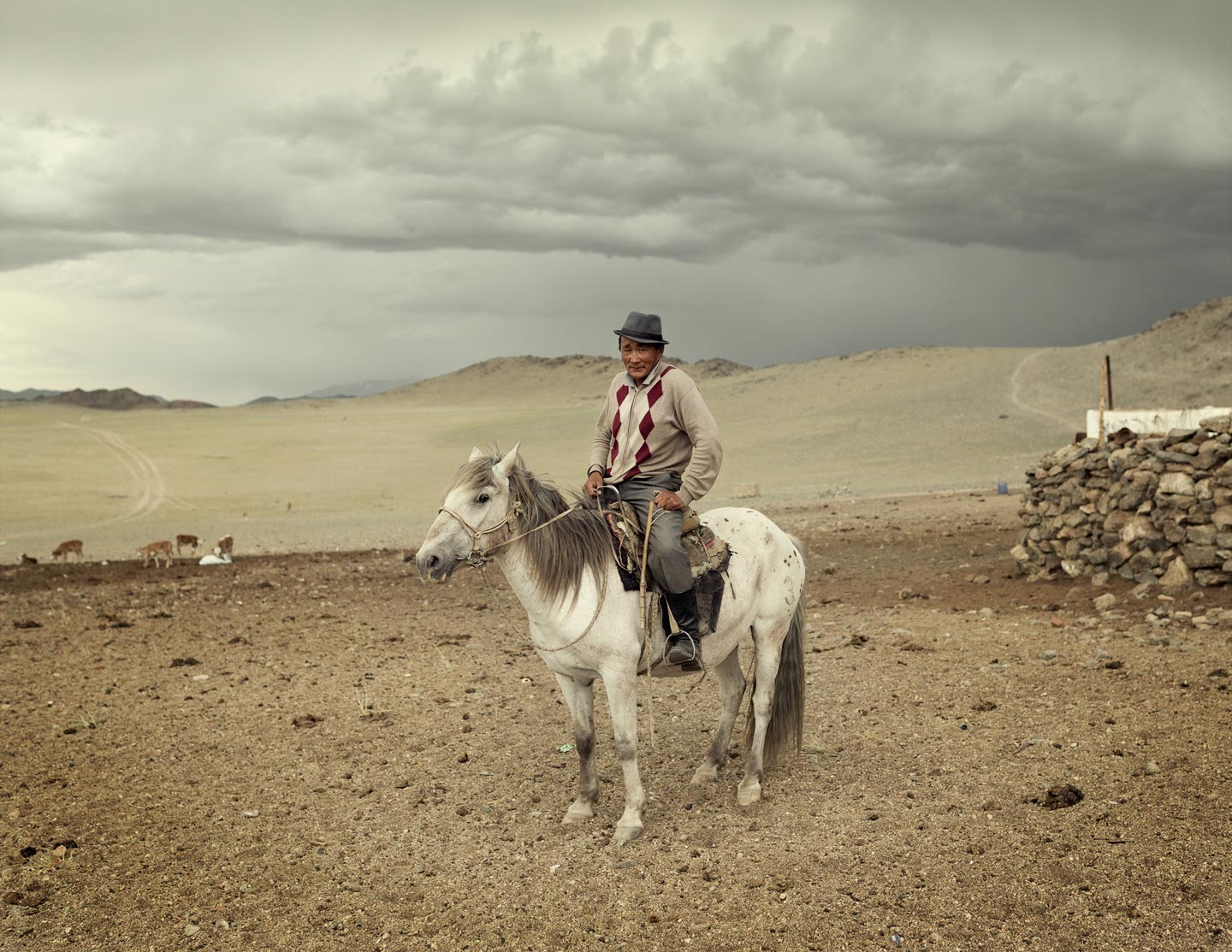
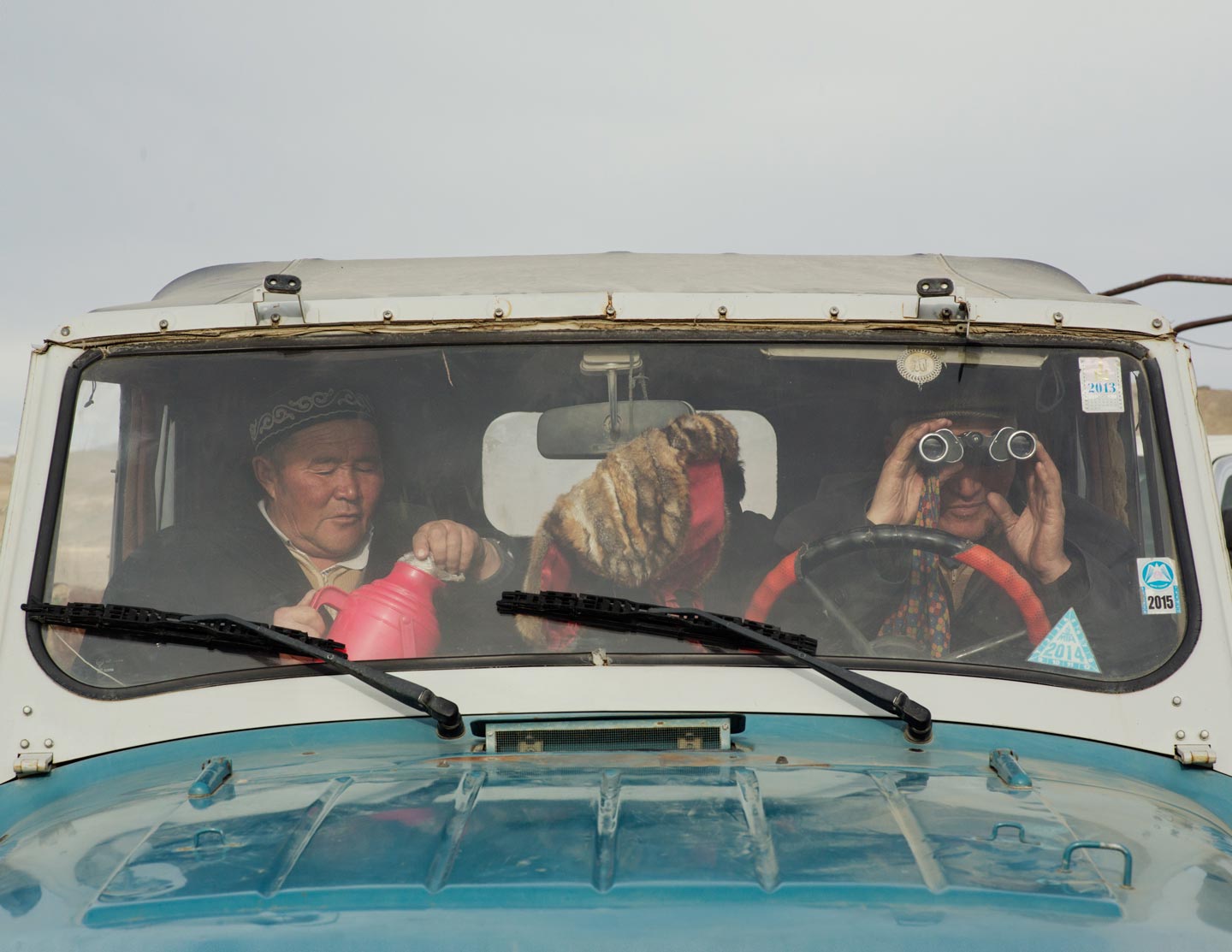
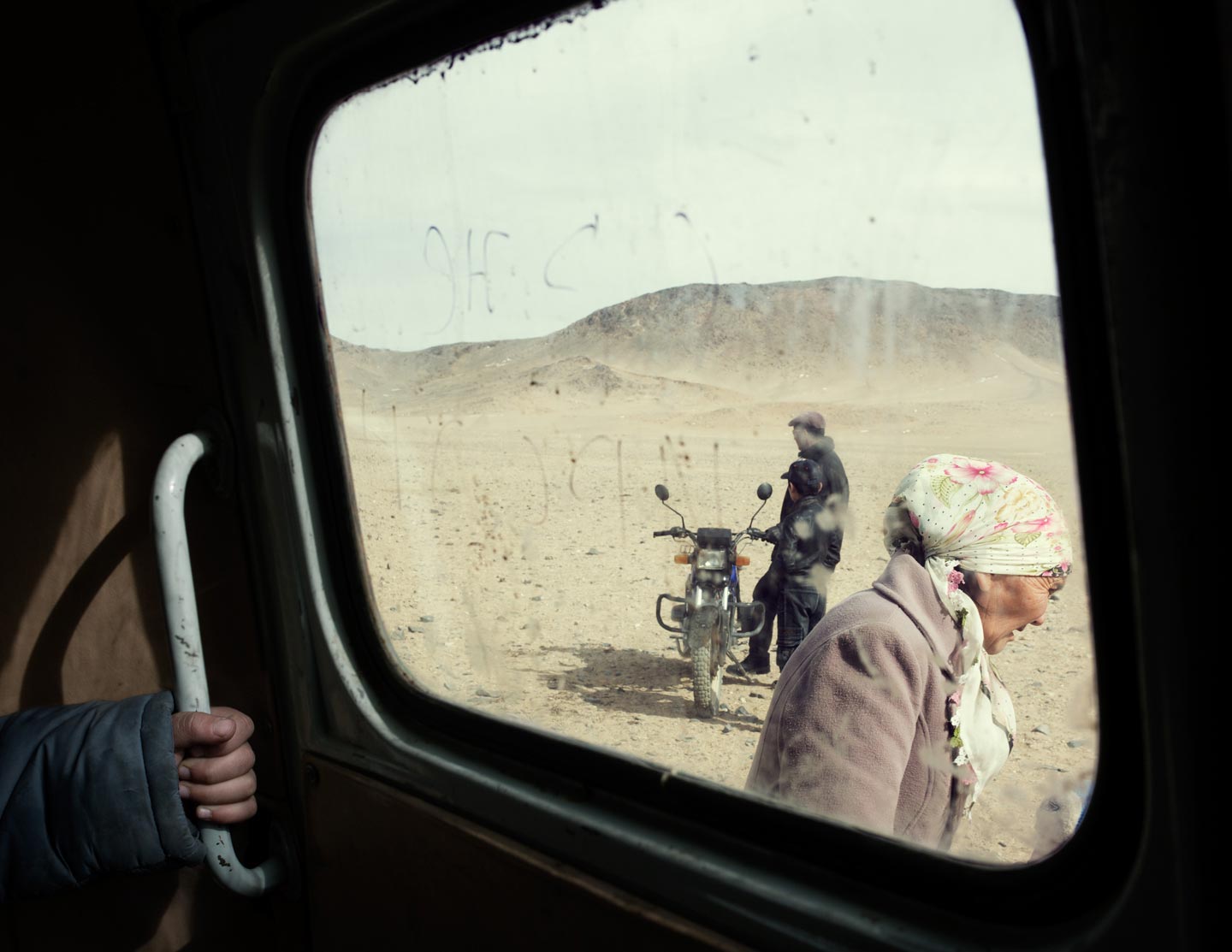
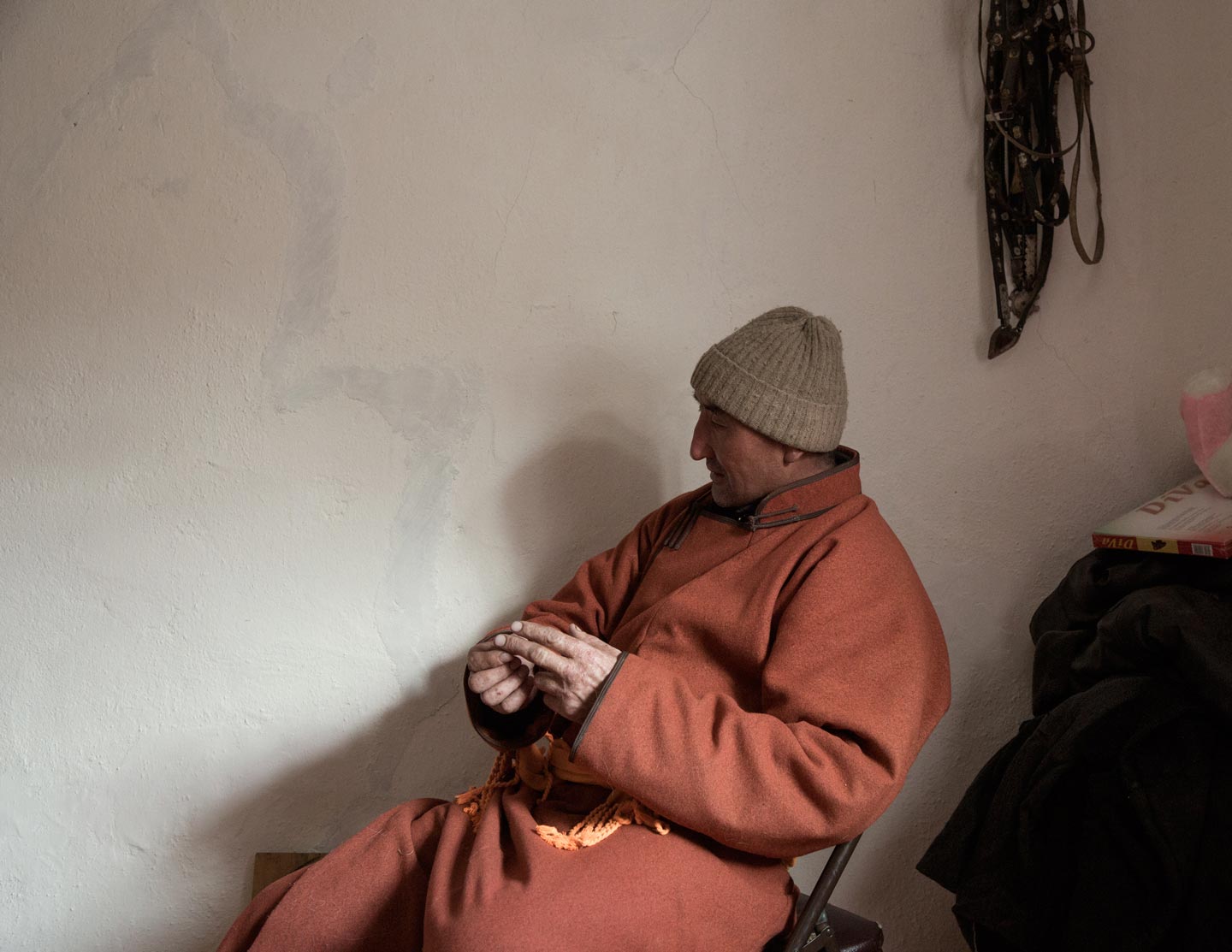
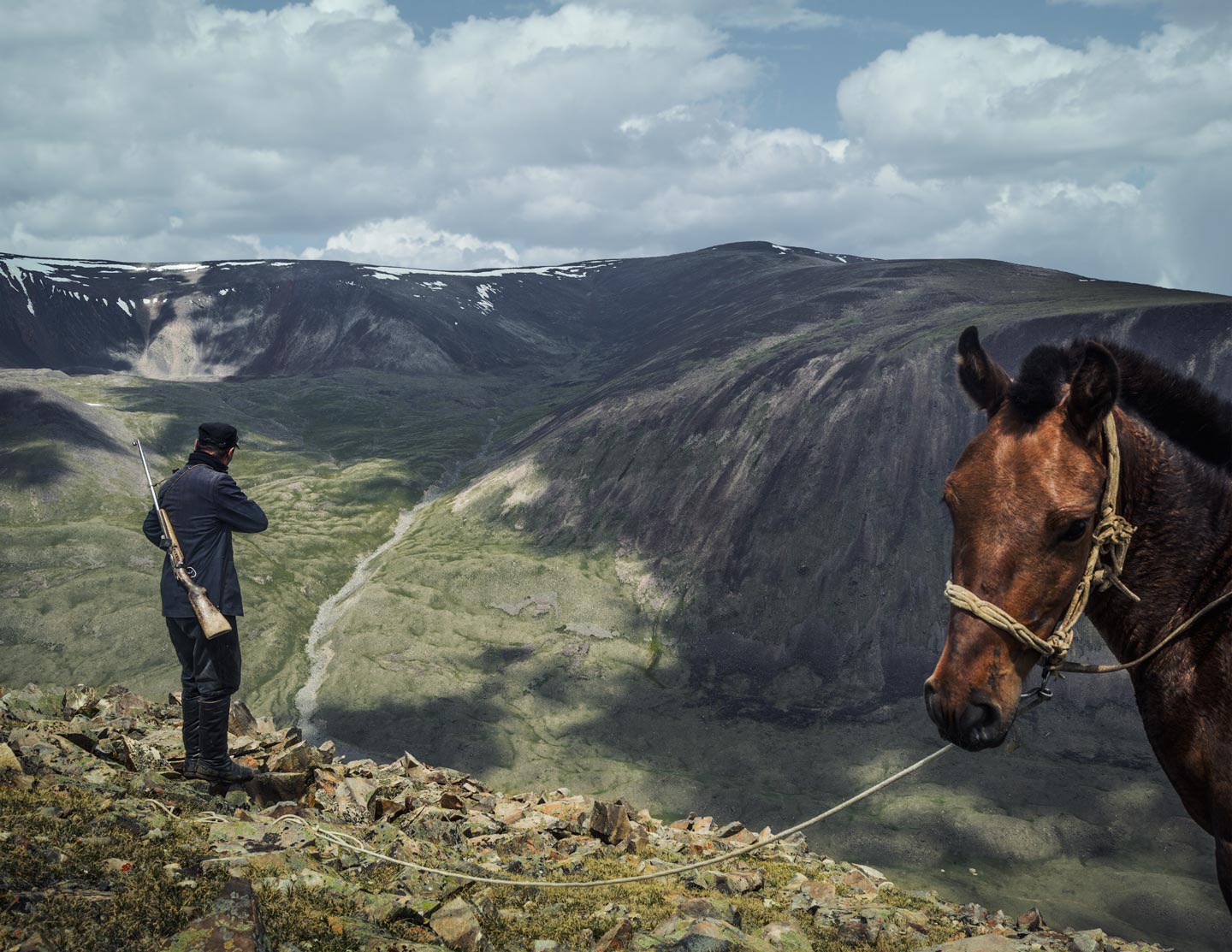
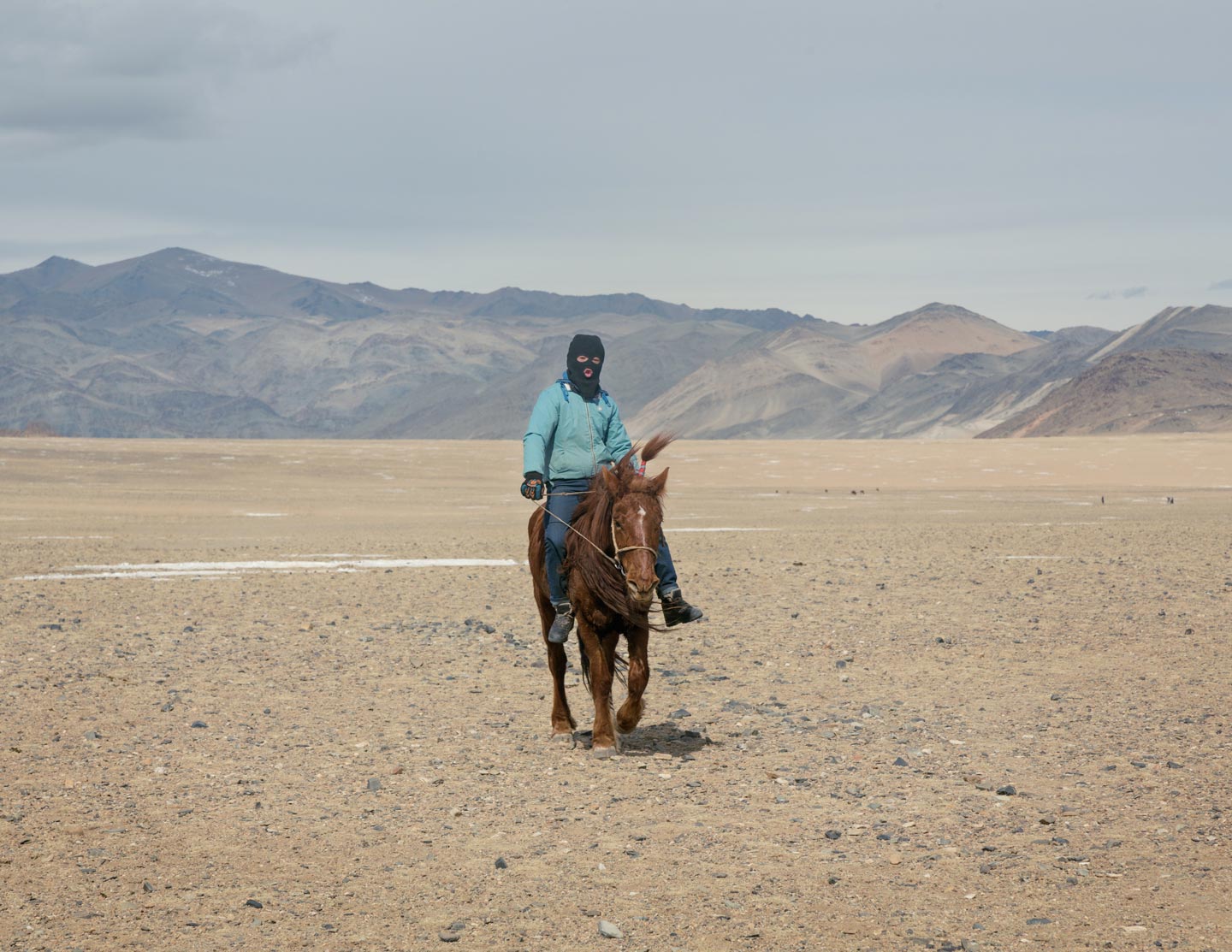
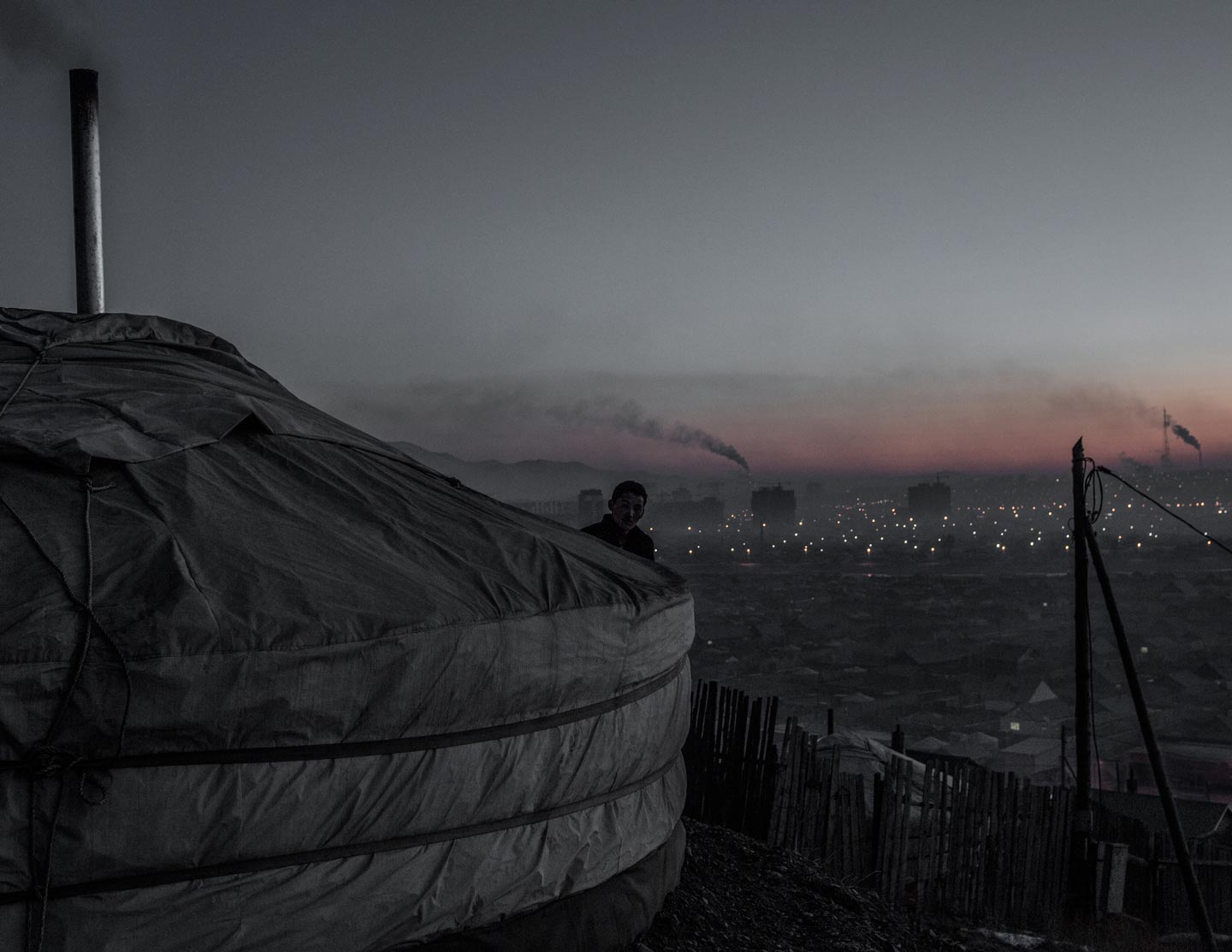
Judging from all the many and interesting things 36 year-old Australian photographer John Feely shared with us in the interview below, his trips to Mongolia must have been a real journey of discovery—of a remote place and a different culture (largely based on nomadism), as well as of his own cultural identity. The Outsider, the subjective reportage that brings together the images John took during his travels, mixes photos of Mongolia’s stunning natural landscapes and portraits of the locals he lived in close contact with.
Hello John, thank you for this interview. What are your main interests as a photographer?
I am most interested in connectedness and relationships, specifically how transformational it is to encounter the world in a way that goes beyond what we know and want: we can reduce the distance between people by going beyond the comfort of what we know.
I don’t think you can work with something and not its opposite. I guess this means I work with connectedness and disconnectedness, intimacy and isolation, trust and fear. A disconnect in my own life is what motivated me to explore how we connect with what is around us, so it was a really useful catalyst. I often experience this lack of dichotomy when making work. Photography is a great way to explore the space in between and how changeable it is. I guess this is why I love creating and looking at photography so much.
You can’t expand your world view without challenging your existing one. This is why there always needs to be a certain vulnerability in the way I approach photography. As the world becomes more accessible and connected, this fact becomes increasingly important to recognize. I suppose this makes my way of documenting somewhat lyrical and recognizes that it is unique and incomplete.
I try to understand things by living with people as they live wherever possible. This close form of contact forges relationships and is the only way I can allow myself to share other people’s ways.
Please introduce us to The Outsider.
The title The Outsider permeates what inspired or began this process as much as it does the experience and people in the work. It is the record of a journey prompted by a need to learn a different way of living, a need for spaciousness and for the first time in my life, providence. At the time it did not feel like I was simply starting a project—it was driven by personal need.
I randomly chose Western Mongolia off a map and flew there without any planning or research. I aspired to having minimal preconceptions so I could simply observe what was actually in front of me. This was at the heart of what I wanted to learn. I guess I wanted to be open to the fact that there was a wisdom out there beyond my own need to expect and want certain outcomes. I was in a space where I was willing to trust that. From moment to moment, the outcome was by definition unimaginable.
The Outsider also refers to a way of life in Western Mongolia. Providence seems to be more effortless and humbling in places where you are directly reminded that nature is what sustains us on this planet. Obviously this is true of all of us, but perhaps it is less apparent in other environments. This work also draws attention to Mongol’s and Kazakh’s ever changing relationship with modernization. It felt important to acknowledge the existence of these forces because they greatly effect all of us. The combination of these themes maybe suggest that trust and vulnerability are gateways to connection, and maybe even some sort of liberation. Whether that trust be placed in the ways of others, nature or anything beyond the realm of our own personal comfort and control I think this remains true. I felt like this was an important thing to share in these times that we live in.
For how long have you been in Mongolia?
As mentioned I chose to go there quite randomly. The first time I visited I stayed with a family for 3 months. The second time I had a limited window and stayed for 2 weeks. Since The Outsider was released I’ve since spent another 6 months in Mongolia and my interests in what I am doing there are shifting and evolving.
Tell us a bit about your encounters and the lifestyle of the people you met.
Mongolia is very customary when it comes to receiving visitors. As an outsider you feel very honored and considered. The country is so sparse that perhaps these customs came from necessity: visitors would often travel vast distances and need to stop for reprieve. This is still the case today. The locals are usually very proud of where they live and their families, so there is a great sense of pride when they share food, shelter and company with you.
The people I stayed with and I could not share language, so I just had to go with the flow. But to this day I still feel the absence of conversation enhanced our ability to relate to each other. Shared experiences bring people together: even though we didn’t speak the same language, many of the tasks we completed together were important. Rounding up wild horses in the mountains, checking on baby eagles half way down cliff faces, herding livestock for 3 days with nomads and many other adventures were simply unimaginable. Even the fact that I wasn’t particularly useful for some of these tasks did not seem to matter. When you live with people for a while you survive together things that go wrong too. Dealing with injuries, sickness, the loss of livestock and many other events are also weathered together.
Many personal encounters were difficult to begin with. The way people communicate through touch is incredibly positive and loving, and they treat you in the same way. I realize from growing up in a different place that I have been conditioned to initially be suspicious of such interactions. The people I stayed with have experienced so fewer human interactions in their lives—perhaps this is why they don’t have the same conditioning. I’m sure there is a cultural element at play here also. At the risk of sounding repetitive, this too is a liberating thing to question within yourself. A few days later, the same interactions were fulfilling and allowed me to relate to others like I never had before.
Simple events like eating and drinking water from a nearby stream evoke the same initial resistance. In retrospect it is quite funny to have an aversion to drinking water that runs directly from an uninhabited icecap, and at the same time not have a problem with drinking from a treated city water plant.
People in Western Mongolia work hard, as I think many people that live off the land do. And as more technology and information about the world becomes available, some (but not all) families are starting to want something different for their children. They also believe they will be growing up in a very different world.
What surprised you the most about Mongolia?
As mentioned Mongols and Kazakhs I have stayed with live in a way that is less separated from the natural world than where I am from. How this has played out day to day often surprised me. They have a less anthropocentric view of the world that is practical and almost spiritual. This is true even in the city, possibly because of extreme weather conditions and because history features strongly in cultural ideals.
Mongols perceive many things as being ‘in their blood’, and are deeply and respectfully connected to their ancestry and family. There is a central belief that they are their ancestors, the same entity passed down through generational lines. All children are considered gods until they are 3 years old: the first kick from an unborn baby is when the soul enters the body and a baby is brought to life. This notion of a soul exists in all things and therefore everything is respected or revered. Even Mongols that live in the city visit a Shaman to learn more about themselves through the connection the Shaman has with place and the forces that govern it. I mention these points specifically because I believe they illustrate how ancestry, environment, divinity, resources and family are considered the same thing in this way of seeing. What is good for one is good for all of the others.
How these beliefs play out day to day and the choices they inform often surprise me because where I am from has a more anthropocentric view of the world. It’s easy to picture this approach as a romantic way of living in a far away land, that is completely disconnected from our existence. However what is sometimes surprising is that it is essentially another way of approaching the same things we all navigate. As foreign modes of living are adapted more in Mongolia, these values and beliefs continue to serve an important purpose that perhaps offers solutions to problems in other parts of the world. This approach is a remarkably healthy way to perceive and interact with the world: you always belong to something great which promotes well being. I guess this is part of why I keep going back.
Did you have any specific references or sources of inspiration in mind while working on The Outsider?
I spent the year before the project creating a folder of photographs that I thought were the best in the world. The photographers were varied, but I spent a lot of time slowly refining and shaping this collection. In this era of complete image saturation I thought it was important to only study and see the best photography—a ‘you are what you eat’ kind of mentality. I think my inspiration was somewhere in the middle of all of these pictures. Editing them and exploring their indefinable qualities over and over. Eventually I felt like I could recognize certain ingredients that I valued or I believed contributed to what inspired me about the photograph. I often wondered what sort of life I needed to live to find this quality myself. So at this point I think I realized that my inspiration needed to be beyond the form of photography.
I brought 2 books with me on these trips. One was a Pema Chodron book, the other was a book of notes from a friend of mine, Lawrence Graziose. I used to read a few pages each morning before starting the day.
What have been the main influences on your photography?
I guess the first thing to mention is the form itself. I am constantly excited by the power of photography. I often prefer to look at photographs than watch films.
I was originally taught to communicate visually through a typography class. My lecturer was a brilliant practitioner and educator. Type automatically separates rhetoric and the use of the letterform itself, making it easy to see how more than one thing is always communicated and measured. This was a great way to learn to find a voice and tone in what I was creating.
Nan Goldin’s life is still hugely inspirational to me. Definitely the immediateness of the work, but primarily she exemplifies that there is no such thing as an immersive approach to photography: you simply live your life and become as interested and immersed in it as you can. Also her idea of photography serving a necessary purpose in your life, and being okay with that.
Japanese photography also inspires me, specifically it’s ability to be both dark and light or seemingly obscure but perfectly resolved. I think this relates to a cultural belief that there is life and death in everything, they cannot be separated. This recognition that all things live in this unresolved state is incredibly powerful to me.
Finally, Roger Ballen’s ability to go into something dark that challenges us and the way we see the world is inspirational. I strongly believe in this almost Shamanistic approach to art.
Who are some of your favorite contemporary photographers?
Apart from the influences I have already mentioned, I love the work of Claudine Doury, Alex Majoli, Daisuke Yokota and many many others.
Choose your #threewordsforphotography.
Universal. Unimaginable. Free.
Keep looking...

FotoCal — Photography Awards, Grants and Open Calls Closing in July 2023

FotoCal — Photography Awards, Grants and Open Calls Closing in June 2023

FotoCal — Photography Awards, Grants and Open Calls Closing in May 2023

FotoCal — Photography Awards, Grants and Open Calls Closing in April 2023

FotoCal — Photography Awards, Grants and Open Calls Closing in March 2023

FotoCal — Photography Awards, Grants and Open Calls Closing in February 2023

FotoCal — Photography Awards, Grants and Open Calls Closing in January 2023
